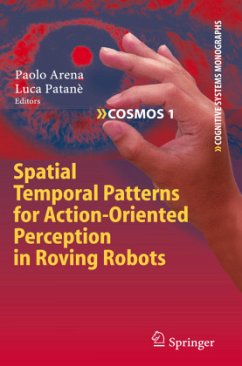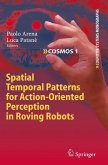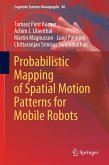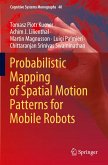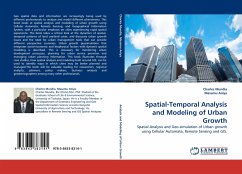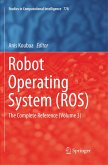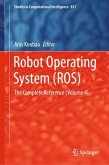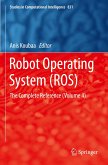The basic principles guiding sensing, perception and action in bio systems seem to rely on highly organised spatial-temporal dynamics. In fact, all biological senses, (visual, hearing, tactile, etc.) process signals coming from different parts distributed in space and also show a complex time evolution. As an example, mammalian retina performs a parallel representation of the visual world embodied into layers, each of which r- resents a particular detail of the scene. These results clearly state that visual perception starts at the level of the retina, and is not related uniquely to the higher brain centres. Although vision remains the most useful sense guiding usual actions, the other senses, ?rst of all hearing but also touch, become essential particularly in cluttered conditions, where visual percepts are somehow obscured by environment conditions. Ef?cient use of hearing can be learnt from acoustic perception in animals/insects, like crickets, that use this ancient sense morethan all the others, to perform a vital function, like mating.
From the reviews:
"This book is aimed at researchers interested in mobile robots. The book is comprised of a collection of papers that cover the results of the European research project 'SPARK.' The goal of the project is to develop biologically inspired cognitive architectures and sensing-perceiving-moving artifacts based on self-organization in complex systems. The results are divided into three parts, including principles of insect perception, cognitive models, and software/hardware cognitive architecture and experiments." (IEEE Control Systems Magazine, Vol. 30, August, 2010)
"This book is aimed at researchers interested in mobile robots. The book is comprised of a collection of papers that cover the results of the European research project 'SPARK.' The goal of the project is to develop biologically inspired cognitive architectures and sensing-perceiving-moving artifacts based on self-organization in complex systems. The results are divided into three parts, including principles of insect perception, cognitive models, and software/hardware cognitive architecture and experiments." (IEEE Control Systems Magazine, Vol. 30, August, 2010)

